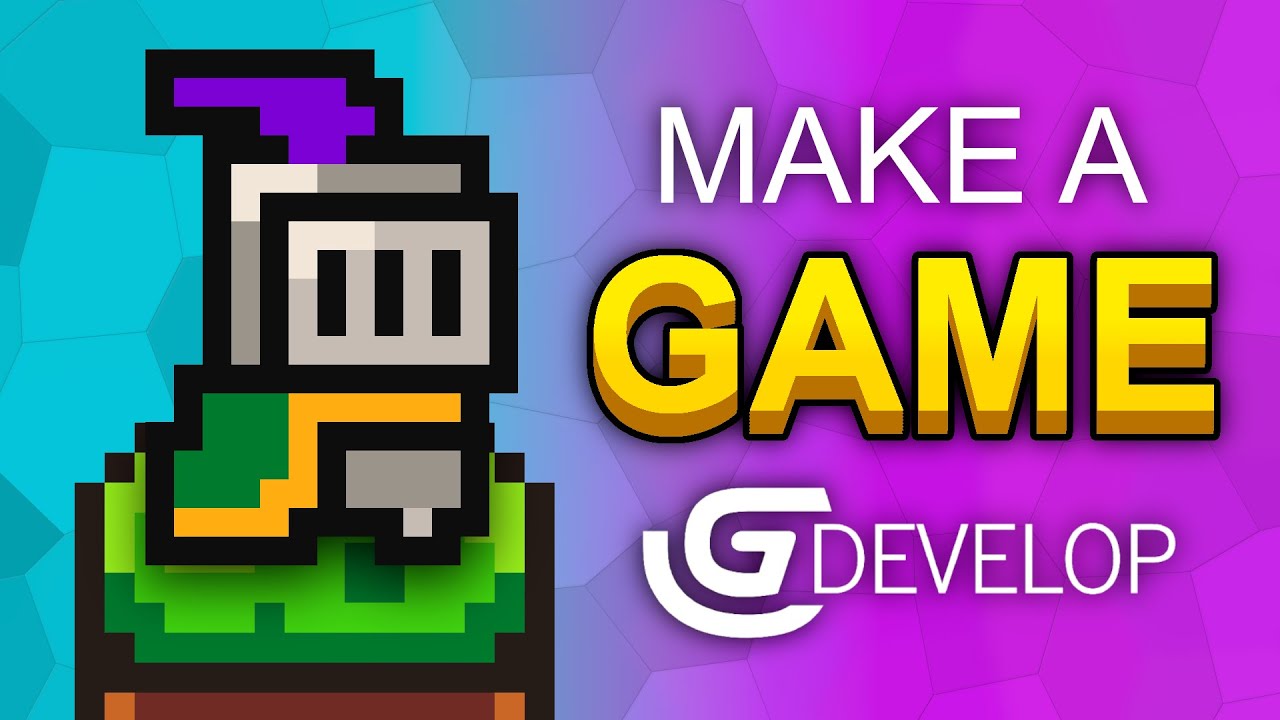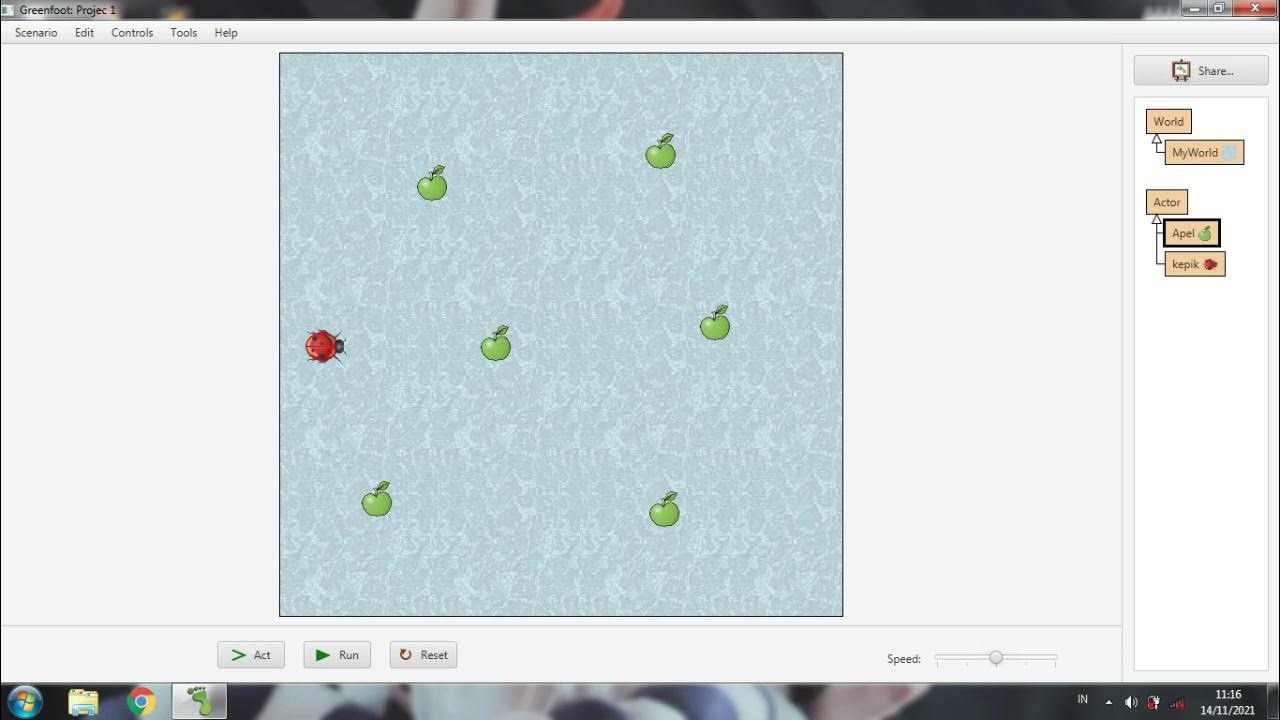Java Dersleri #77 - OOP - Macera Oyunu : Savaş Bölgeleri
Summary
TLDRThis tutorial dives into programming combat mechanics for a fantasy game. The script guides viewers through setting up environments, creating random enemy encounters, and simulating battles between the player and various monsters, such as vampires and zombies. It also covers tracking player attributes like health and attack power, as well as rewarding players with gold after defeating enemies. By combining Python code examples and explanations, the tutorial offers a hands-on approach to implementing combat systems in games, making it ideal for beginner to intermediate game developers looking to enhance their projects.
Takeaways
- 😀 The tutorial continues by introducing a battle system in a game with randomized encounters and combat mechanics.
- 😀 The game environment is structured around locations (e.g., forests, caves) where the player encounters different enemies like vampires and zombies.
- 😀 Randomization is used to decide the number of enemies the player faces in each location, adding variety to gameplay.
- 😀 Key game variables such as player health, strength, and weapons, as well as enemy stats, are essential for the combat system.
- 😀 Combat involves turns where the player and enemies alternate actions, with options to attack or flee.
- 😀 Damage calculation is performed by reducing the enemy's health based on the player's attack power.
- 😀 The game features a battle loop that processes multiple enemies, handling each one in sequence during combat.
- 😀 Rewards such as experience points or gold are granted to the player after defeating enemies, incentivizing progression.
- 😀 The tutorial teaches how to handle battles through coding loops, randomization, and conditional statements to create dynamic gameplay.
- 😀 The player’s stats and inventory, including weapons and money, are tracked and updated throughout the game, influencing the outcome of battles.
- 😀 In the next lesson, additional features will be introduced to enhance the combat system and further game mechanics.
Q & A
What is the purpose of the program being discussed in the transcript?
-The program aims to create a combat system in a game where various creatures, such as vampires and zombies, engage in battles. The tutorial walks through the implementation of random encounters, damage calculations, and rewards in a fantasy setting.
Why did the speaker choose not to use GTA V for this project?
-The speaker chose not to use GTA V because the focus of the project is on battle mechanics within a specified environment, not on an open-world game like GTA V, which is more complex and not suited for this type of combat scenario.
What types of enemies are discussed in the combat system?
-The enemies mentioned include vampires, zombies, and cave monsters. These creatures are randomly generated in different areas, such as forests and caves, to provide a dynamic combat experience.
What role does randomness play in the combat encounters?
-Randomness is used to generate enemies in different locations and determine the number of creatures encountered in each area. This randomness ensures that the combat scenarios are unpredictable and add variety to the gameplay.
How is the combat system structured in terms of turns and actions?
-The combat system follows a turn-based structure where the player faces enemies one by one. The player can choose actions such as fighting or escaping, with each action affecting the outcome of the encounter.
What is the significance of health points and damage calculation in the game?
-Health points (HP) are used to track the player's and enemies' life status. Damage calculation is crucial to determine how much HP is lost during each attack, and it involves factors like the player's strength and the enemy's defense.
What role do weapons play in the combat system?
-Weapons are integral to the player's ability to deal damage. The player can equip weapons, which impact the effectiveness of attacks during combat. The transcript briefly mentions that weapons are tracked and used to calculate the outcome of battles.
How are rewards handled after winning a battle?
-After defeating enemies, the player receives rewards, which could include items like health potions, gold, or improved weapons. The rewards are given based on the outcome of the battle and can enhance the player's abilities.
What is the purpose of the `for` loop in the combat code?
-The `for` loop is used to iterate through multiple rounds of combat, allowing the player to fight multiple enemies in a sequence. The loop ensures that the combat continues until the set conditions (such as defeating all enemies) are met.
How does the player’s current status affect the combat scenario?
-The player's current status, including health, damage, and equipment, directly impacts the combat. The player’s strength and remaining health determine the likelihood of success in battle, while weapons and items can provide advantages or alter the damage dealt.
Outlines

هذا القسم متوفر فقط للمشتركين. يرجى الترقية للوصول إلى هذه الميزة.
قم بالترقية الآنMindmap

هذا القسم متوفر فقط للمشتركين. يرجى الترقية للوصول إلى هذه الميزة.
قم بالترقية الآنKeywords

هذا القسم متوفر فقط للمشتركين. يرجى الترقية للوصول إلى هذه الميزة.
قم بالترقية الآنHighlights

هذا القسم متوفر فقط للمشتركين. يرجى الترقية للوصول إلى هذه الميزة.
قم بالترقية الآنTranscripts

هذا القسم متوفر فقط للمشتركين. يرجى الترقية للوصول إلى هذه الميزة.
قم بالترقية الآنتصفح المزيد من مقاطع الفيديو ذات الصلة

The Amazing Combat of Dishonored 2

Crimson Desert Echoes Zelda and Assassin's Creed With Its Action-Packed Open World

10 Criminally Underrated PS1 RPGs That You’ll Still Love Playing in 2025

How To Make A Video Game - GDevelop Beginner Tutorial

Membuat game sederhana menggunakan greenfoot #Greenfoot

The Truth Of Zenless Zone Zero Gameplay After 50+ Hours - How I Actually Feel
5.0 / 5 (0 votes)
